The following is a guest post from Amber at SSS Teaching.
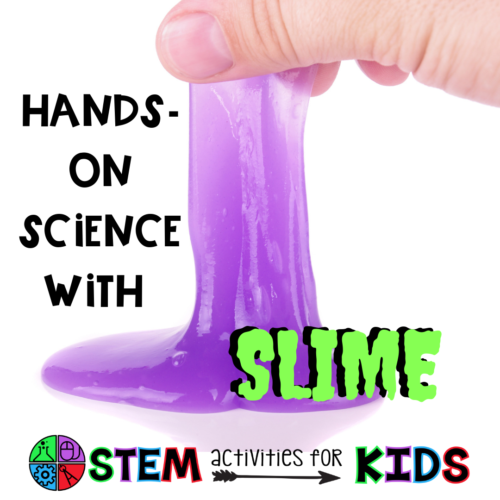
Slime Science?! Sure we all know the slime craze happening in our world, but connecting it to science? Seems easy, but let’s dive into 4 different and unique ways to capitalize on the newfound SLIME obsession!
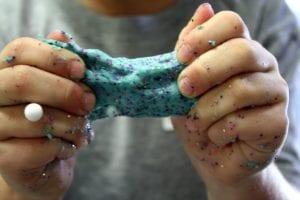
Check out all of the different kinds of slime you can make to go deeper with slime science:
- Magnetic Slime
- Color Changing Slime
- Glow in the Dark Slime
- DIY Slime
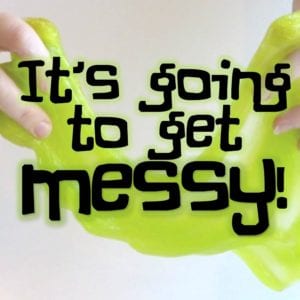
I wanted this to extend education in addition to the clear fun of “slime” on its own. I made a specific booklet that contains all the recipes that we used and activities that go along with each type.
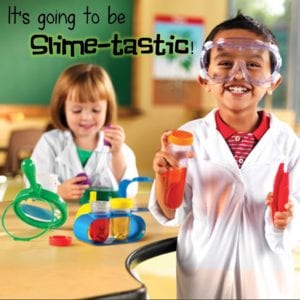
For our specific event, we had kids rotate around in groups and really didn’t get to do too much of the book work, but the table leaders went into specific details and experimented after making it.
Overall, this would make a great family night for your school. Buying the supplies in bulk really cuts the cost of the event. We used 2oz cups since they got to take home 4 different types and that worked out great. The booklet even comes with a whole page of parent extensions!
My four favorite parts:
1. My Pearly Snow Slime
Guys, I seriously could not stop playing with my own slime I made. At the DIY station I used White Pearl Paint combined with sequins to make a winter-y pearl paint. I loved the shimmer and shine but it wasn’t too much and the consistency came out just right. We learned no matter how many times we made it that consistency varied each time – too loose, too tight or just right. It took lots of trial and error – we used pipettes to drop in the Borax solution to make sure we weren’t adding too much. Watering down the glue helps as well.
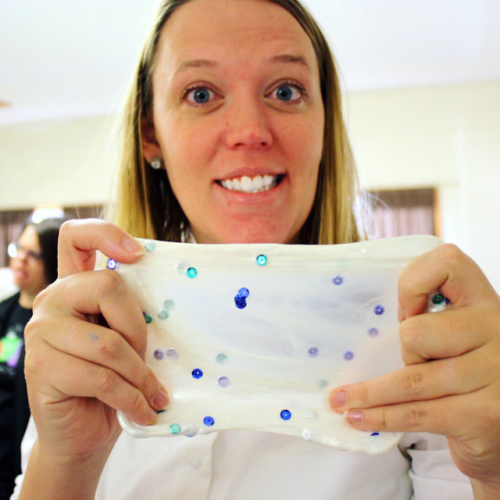
2. Slime Science with Magnet Fights
Because we used Iron Filings and Iron Oxide in different batches we could test the strength of each. Below is a video of the two different types and how they interacted with Neodymium Magnets .
*yes those magnets have to be used – I noted that in parent materials*
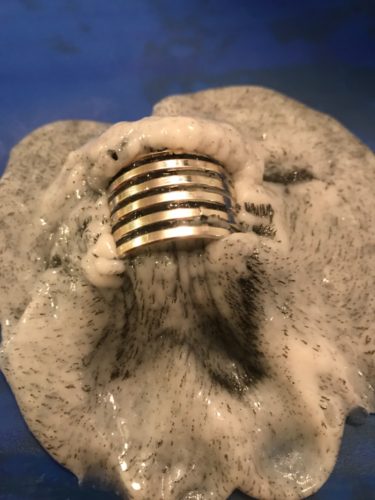
What’s really cool is that those two slimes become magnetic to each other after polarized with the magnet. If they are stored near each other the iron fillings will all gravitate towards the iron oxide slime – PRETTY COOL! Check out this video of the two magnetic slime types!
3. Exact Temperature Changes with Slime
The color changing slime was so fun to make and experiment with! Thermochromic pigment makes this slime so special. The pigment changes color with different temperatures! I could not find one to purchase that changes at a lower temp. Ours changes at 88 degrees Fahrenheit which actually worked out well.
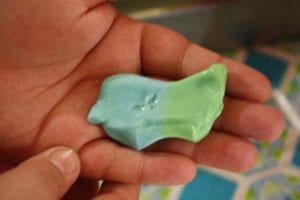
We could dip it in hot tap water, warm with our breath, stretch out warm slime and watch it cool, and get metal utensils warm to make patterns!
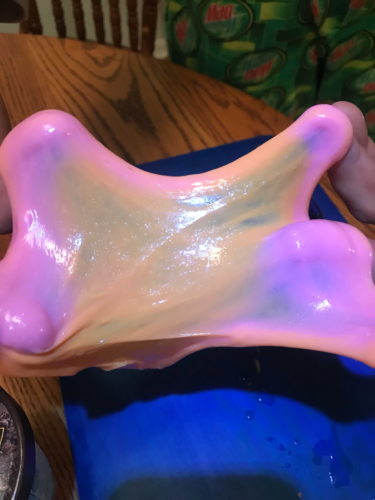
The cool slime science part was letting students use a thermometer to experiment with exactly what temperature changed the slime. Lots of trial and error to figure it out. The powder can be a little pricey but would easily make a big batch for one class!!
4. “Literal” lightbulb moments with Slime
The glow slime was really eye opening for some of the kids that have never seen black lights or used them before. It was so cool to see their reactions to he parts. Clear Glue works better than white glue for glow slime!
We used Highlighter ink in our water since it glows in black lights, we used glow paint and black light paint to make sure our slime glowed in dark and under black light really well. I made sure kids got to see each part of that process as well!
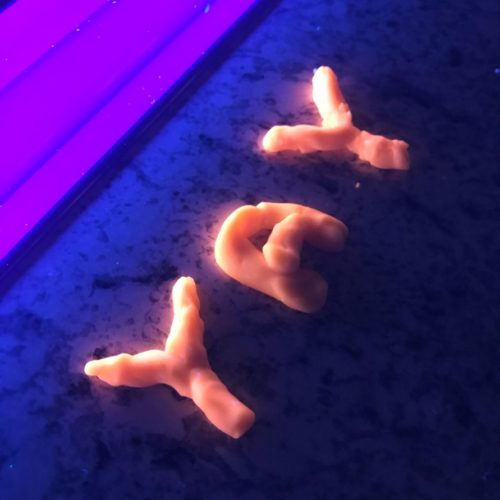
If you are interested in the workbook that goes with the materials to use in school or for parents you can find more information by clicking here. I love that the mini book extends learning beyond “just” slime and really gets at the science that is happening!
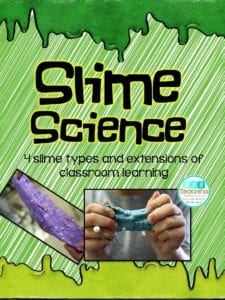
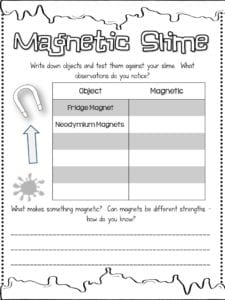
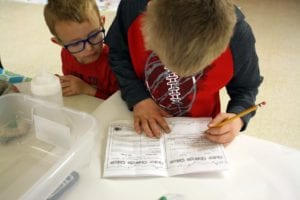
Do you think your school would love a SLIME SCIENCE night?! This will live on for years! Getting to take it all home is part of the fun. For more great science activities and resources be sure to check out SSSTeaching!
Pin these great Slime Science ideas for later:
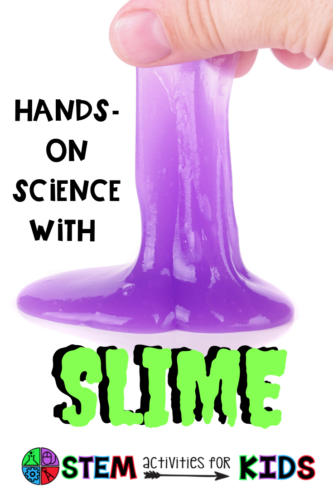

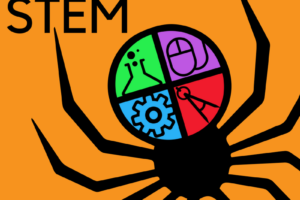

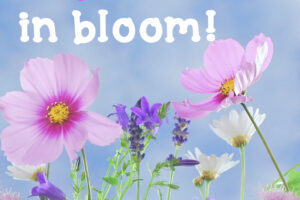
Leave a Reply
Your email is safe with us.